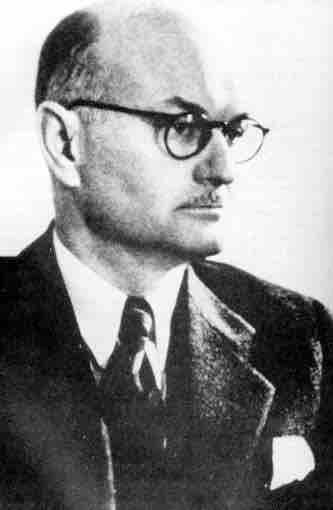Latent learning is a form of learning that is not immediately expressed in an overt response. It occurs without any obvious reinforcement of the behavior or associations that are learned. Interest in this type of learning, spearheaded by Edward C. Tolman, arose largely because the phenomenon seemed to conflict with the widely held view that reinforcement was necessary for learning to occur. Latent learning is not readily apparent to the researcher because it is not shown behaviorally until there is sufficient motivation. This type of learning broke the constraints of behaviorism, which stated that processes must be directly observable and that learning was the direct consequence of conditioning to stimuli.
Latent learning implies that learning can take place without any behavioral changes being immediately present. This means that learning can be completely cognitive and not instilled through behavioral modification alone. This cognitive emphasis on learning was important in the development of cognitive psychology. Latent learning can be a form of observational learning (i.e., learning derived from the observation of other people or events), though it can also occur independently of any observation.

Edward Tolman
Edward Tolman was a behavioral psychologist who first demonstrated latent learning in rats. While he was a behaviorist in method, his work with latent learning disproved the behaviorist idea that learning was solely a product of conditioning.
Early Work with Latent Learning
Edward Tolman (1886–1959) first documented this type of learning in a study on rats in 1930. Tolman designed a study with three groups of rats placed in a maze. The first group received no reward for finishing, the second received a reward, and the third received no reward for the first 10 days but then received a reward for the final eight.
The first group consistently made errors in running the maze and showed little improvement over the 18-day study. The second group showed constant improvement in the number of errors made. The third group showed little to no improvement over the first ten days, then dramatically improved once a food reward was presented. Interestingly, the third group's improvement was more pronounced than the second "constant reward" group.
Tolman theorized that the rats in the third group had indeed been learning a "cognitive map" of the maze over the first ten days; however, they'd had no incentive to run the maze without any errors. Once a reward was presented, the learning that had remained latent became useful, and the rats ran the maze more efficiently.
Latent Learning in Humans
While most early studies of latent learning were done with rats, later studies began to involve children. One such experiment required children to explore a series of objects to find a key. After finding the key, the children were asked to find "non-key" objects. The children found these objects faster if they had previously been exposed to them in the first part of the experiment. Their ability to learn this way increased as they became older (Stevenson, 1954).
Children may also learn by watching the actions of their parents but only demonstrate it at a later date, when the learned material is needed. For example, suppose that Ravi’s dad drives him to school every day. In this way, Ravi learns the route from his house to his school, but he’s never driven there himself, so he has not had a chance to demonstrate that he’s learned the way. One morning Ravi’s dad has to leave early for a meeting, so he can’t drive Ravi to school. Instead, Ravi follows the same route on his bike that his dad would have taken in the car. This demonstrates latent learning: Ravi had learned the route to school but had no need to demonstrate this knowledge earlier.
In another example, perhaps you've walked around a neighborhood regularly and noticed—but never used—a particular shortcut. One day you receive a text telling you there is free pizza at a restaurant in the neighborhood, but only for the next 15 minutes. You use the shortcut that you'd noticed because you want to get there quickly. While you had developed a cognitive map of the area through latent learning, you'd never demonstrated a behavior that indicated you had done so until you were required to.